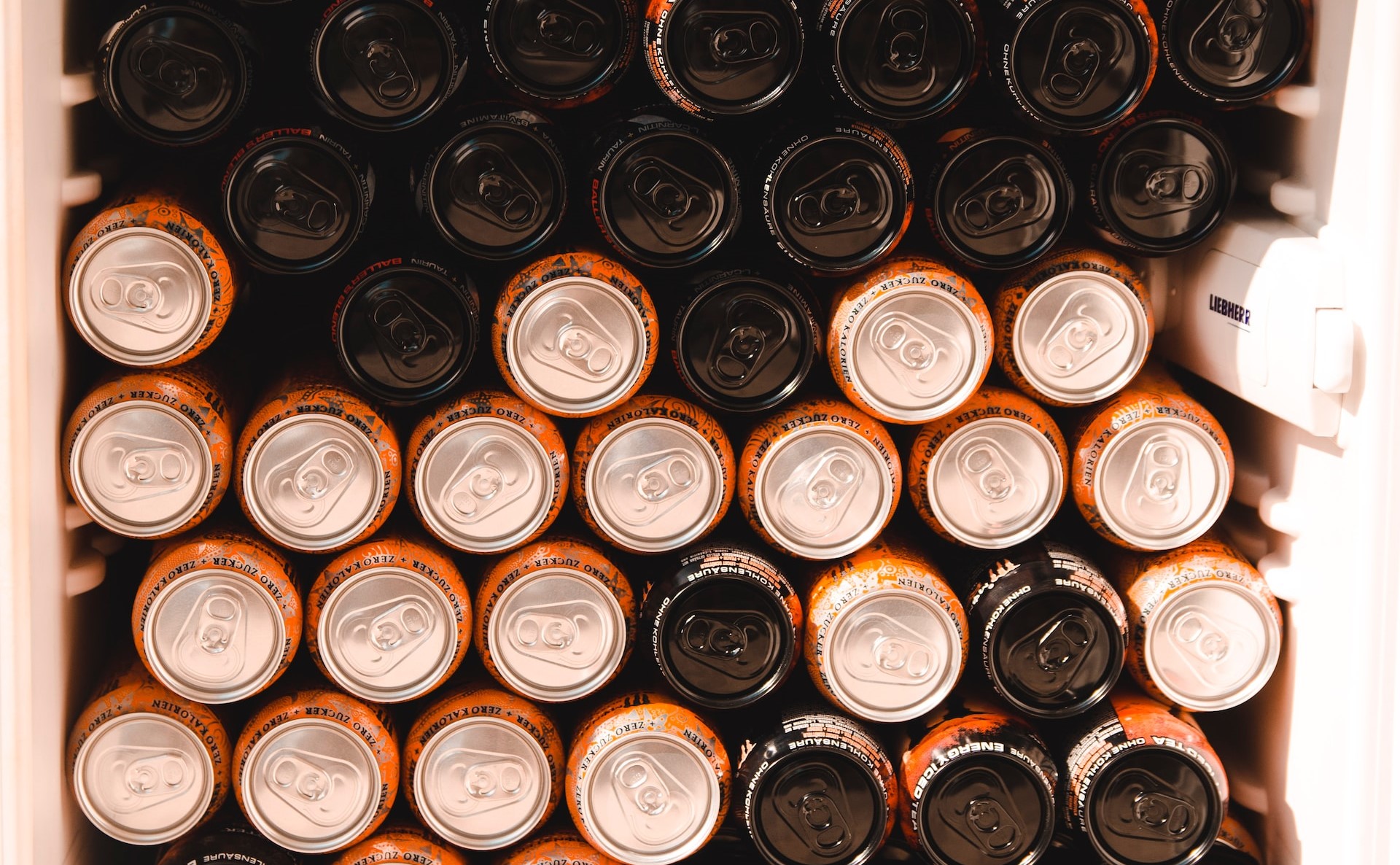As the energy drink market grows, new and legacy brands try to attract health-conscious consumers with no-sugar, low-calorie, and better-for-you ingredient offerings, reports The New York Times.
The new focus has led the market surge, increasing by $7 billion over the past five years, according to market research firm Circana. Jim Watson, a beverage analyst at Rabobank, a bank with a focus on food, noted that energy drink consumption has also increased as a result of a move away from sugary soda.
However, health-focused marketing has led many to worry that children and teenagers are consuming caffeine in unhealthy amounts. In March, one energy drink brand, Prime Energy, gained acclaim for being passed around by children in elementary schools.
“We even had entrepreneurs in fourth and fifth grade who were bringing them to school and selling them to other kids at lunch,” said Rebecca Brown, the health services coordinator for the district. One can has 200 milligrams of caffeine, the equivalent of two Red Bulls, one of the first energy drinks on the market.
Lawmakers in select states, including Indiana and Connecticut, have considered banning energy drink sales to minors, but the beverage industry has pushed back on these sentiments, citing the myriad sources children can get caffeine, according to New York Times. Full Story (Subscription Required)
Related: Aldi Faces Class Action Lawsuit; US Pork Industry is Oversupplied

